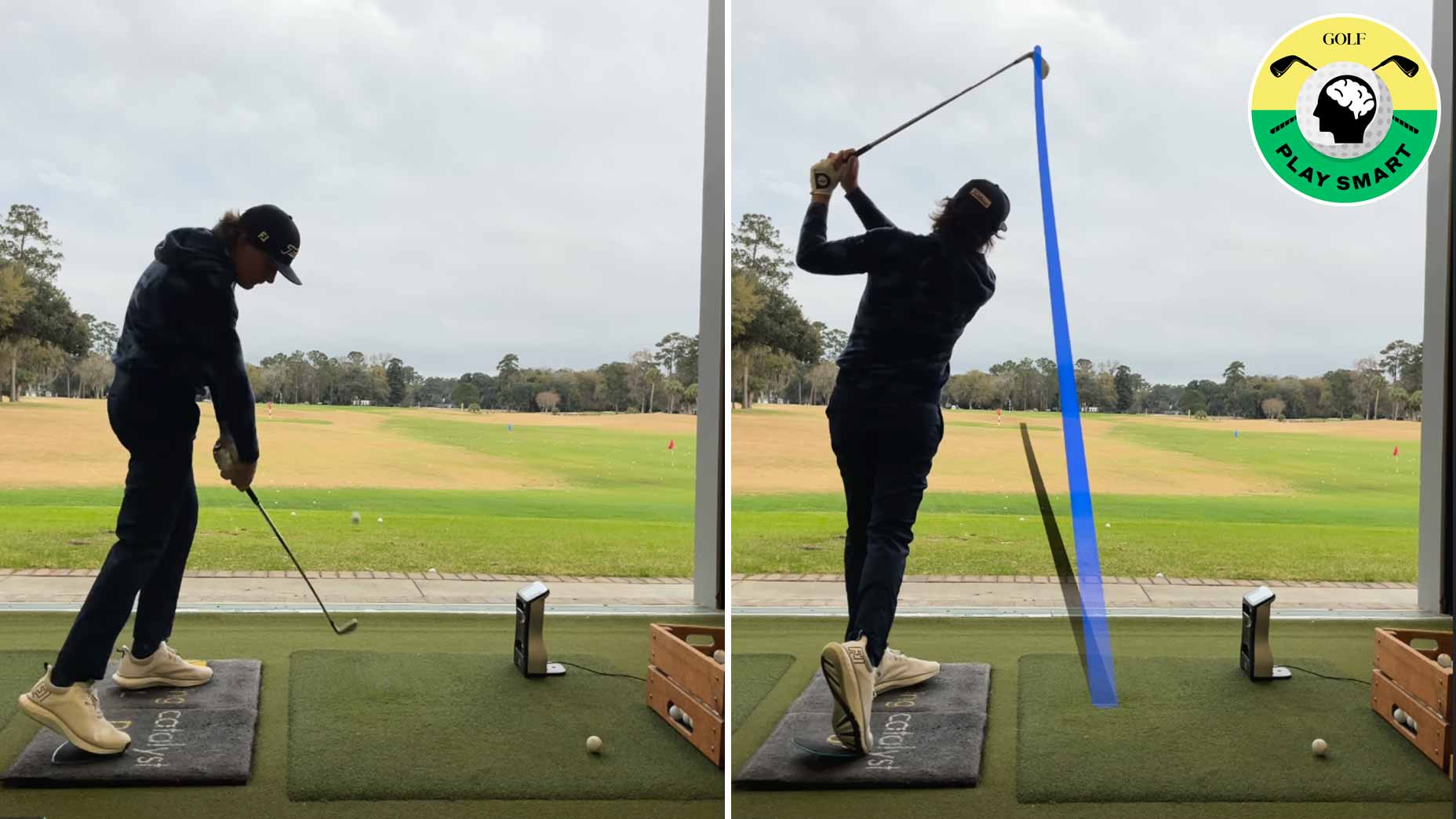 How to judge your lie in the rough, according to a short-game expert
How to judge your lie in the rough, according to a short-game expert
Use these 3 new-school tips to save strokes with science

Golf’s best and brightest minds gathered at Pinehurst Resort for the GOLF Top 100 Teachers summit last fall. A distinguished collection of speakers shared new ideas and research with the nearly 200 coaches in attendance. Here’s what stood out:
1. Golden Scoring Rules
Scott Fawcett, whose innovative DECADE game management system and built-in mathematics helps golfers play smarter and shoot lower scores, highlighted Tiger Woods’ Five Golden Scoring Rules, which speak to the same principles as the DECADE system:
1.) No sixes on par 5s
2.) No double-bogeys
3.) No 3-putts
4.) No bogeys with a 9-iron or less
5.) No blown easy par saves.
Rules to live — and score — by.
ADVERTISEMENT

2. Cautious Putting
GOLF columnist and Columbia University statistician Mark Broadie presented interesting evidence that can help players fine-tune how hard, or soft, they strike putts. Broadie found that pros, on average, leave four-foot putts about two and a half feet past the hole in the event of a miss. Better putters leave comebackers even farther past. When it comes to 10-footers, pros leave their putts short only 7 percent of the time. For 90s shooters, it’s almost double that.
3. The Putting Stroke Isn’t a Pendulum
Newly minted GOLF Top 100 Teacher David Orr, alongside co-presenter and True Spec Golf VP of Customer Experience Tim Briand, talked through the art and science of putter fitting, myth-busting along the way. At center stage was the notion that the putting stroke can’t be a pendulum, as it’s often described. “There’s no such thing as a straight-back, straight-through stroke,” says Orr. “Because the putter is set at an angle at address, it has to move up and inside, especially as the stroke gets longer.” In other words, don’t force it.
To receive GOLF’s all-new newsletters, subscribe for free here.
ADVERTISEMENT





